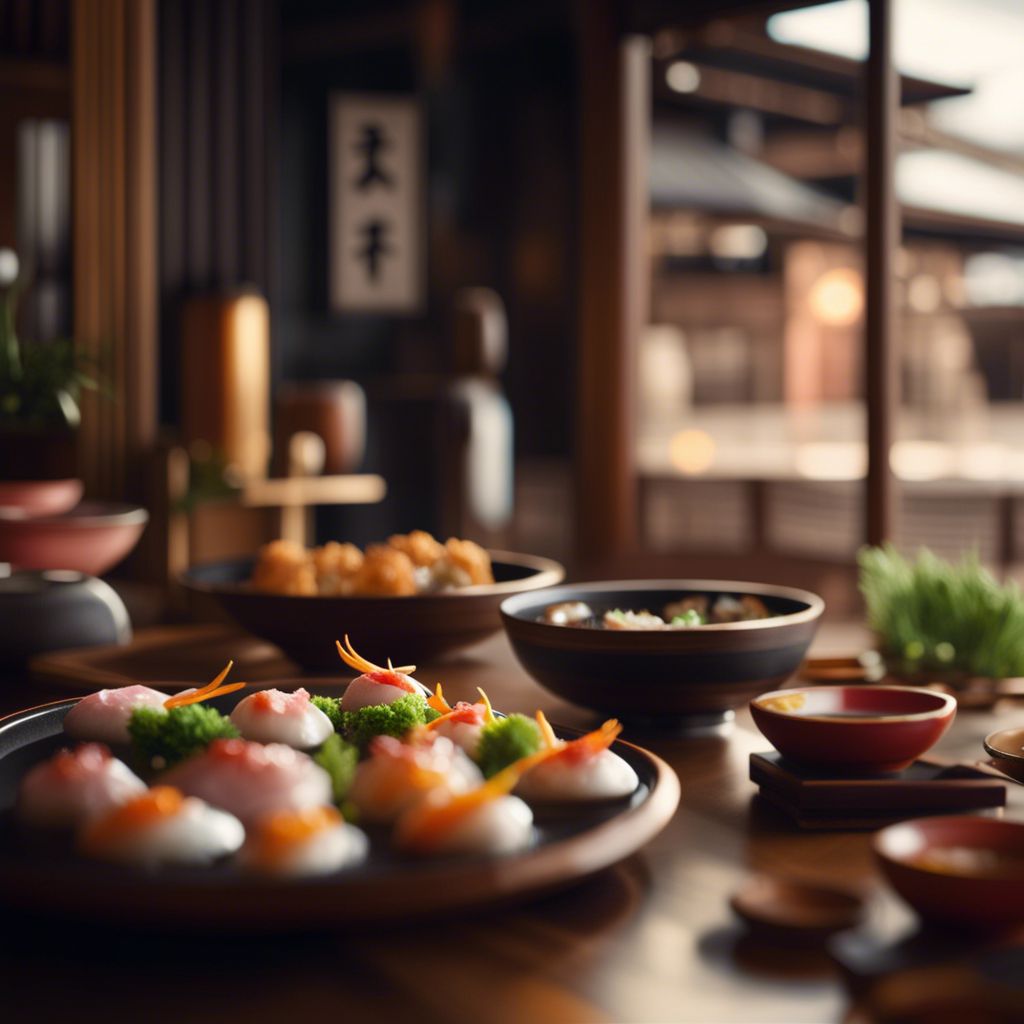
Cuisine
Japanese cuisine
Japanese cuisine is based on the principles of freshness, simplicity, and balance. It is known for its use of raw fish, rice, and soy products such as tofu and miso. Japanese cuisine has a long history, dating back to the Jomon period (14,000-300 BCE).
Typical ingredients
Rice, Fish, Seafood, Tofu, Miso, Soy sauce, Sake, Mirin, Dashi, Nori, Wasabi, Ginger
Presentation and garnishing
Dishes are often presented in small portions, with an emphasis on visual appeal. Garnishes such as nori, wasabi, and ginger are commonly used. Sushi is often served on small plates or in bento boxes.
Japanese cuisine has a strong influence on global cuisine, with sushi and ramen being popular dishes around the world. Japanese cuisine is also known for its use of seasonal ingredients and preservation techniques such as pickling and drying.
More cuisines from this region...
History
Japanese cuisine has been influenced by various cultures over the years, including Chinese, Korean, and Portuguese. It has also been shaped by Japan's geography and climate, which have led to a focus on seafood and rice.
Cultural significance
Japanese cuisine is an important part of Japanese culture and identity. It is often associated with traditional Japanese values such as simplicity, harmony, and respect for nature. Japanese cuisine is also known for its presentation, with an emphasis on visual appeal and balance of colors and textures.
Health benefits and considerations
Japanese cuisine is generally considered healthy, as it emphasizes fresh ingredients and simple preparation techniques. However, some dishes may be high in sodium or fat.
Japanese cuisine dishes Browse all »
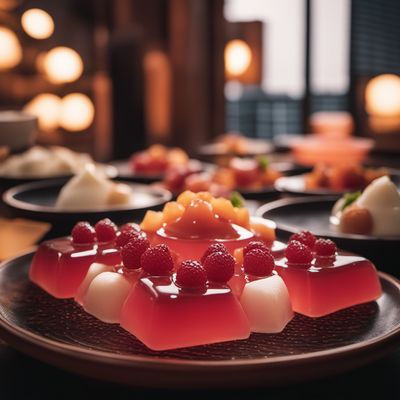
Mitsumame
Mitsumame is a traditional Japanese dessert made with agar jelly, fruit, and sweet syrup. It is a refreshing and light dessert that is perfect for hot summer days.
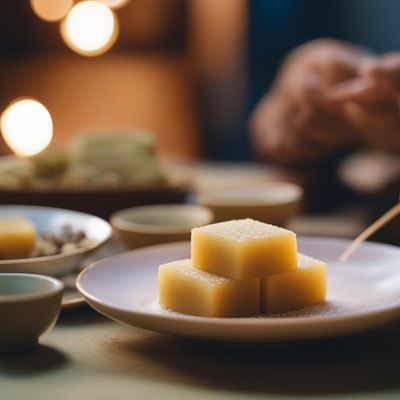
Warabimochi
Warabimochi is a traditional Japanese sweet that is made with bracken starch and covered in kinako powder. It is a soft and chewy sweet that is often served with tea.

Omurice
Omelette with fried rice
Omurice is a popular Japanese dish that is made with fried rice and a fluffy omelet. It is a comfort food that is enjoyed by people of all ages.

Koi
Grilled carp
Koi is a popular Bengali fish dish that is cooked in a mustard gravy.

Ohitashi
Ohitashi is a traditional Japanese dish made with leafy greens. It is a light and refreshing dish that is perfect for hot summer days.

Kumamoto ramen
Kumamoto-style Ramen Noodle Soup
Kumamoto ramen is a type of ramen that originated in Kumamoto, Japan. It is known for its rich and savory tonkotsu broth and thin, straight noodles.
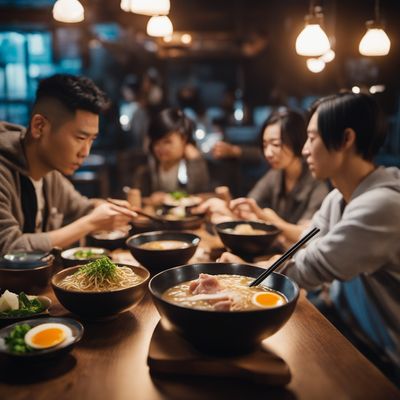
Tonkotsu ramen
Pork Bone Ramen Noodle Soup
Tonkotsu ramen is a Japanese noodle soup dish that is made with a rich and creamy pork-based broth. It is a hearty and satisfying dish that is perfect for cold weather or when...
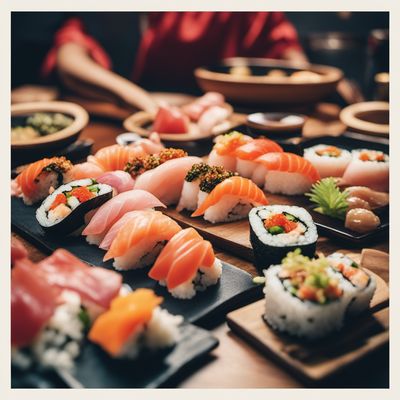
Chirashizushi
Chirashi Sushi
Chirashizushi is a Japanese dish that consists of sushi rice topped with a variety of sashimi and other ingredients. It is often served in a bowl and is a popular dish in...
Japanese cuisine recipes Browse all »

Nasu no Miso Itame
Savory Miso-Glazed Eggplant Stir-Fry

Yaki Karē with Crispy Chicken and Vegetables
Golden Crispy Delight: Yaki Karē with a Twist
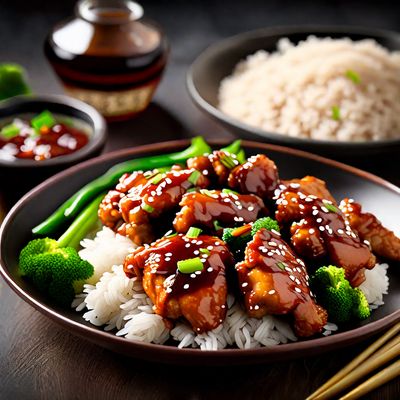
General Tso's Chicken - Japanese Style
Tokyo's Tso's Chicken
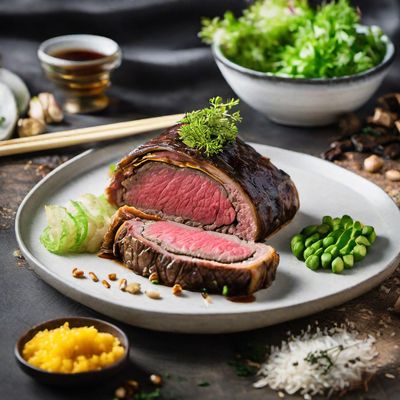
Japanese-style Beef Wellington
Sakura Beef Wellington: A Fusion of British and Japanese Flavors

Inago no Tsukudani - Sweet and Savory Japanese Grasshopper Stir-Fry
Crunchy Delights: A Sweet and Savory Stir-Fry with Japanese Grasshoppers

Wakame Soba with Sesame Dressing
Seaweed Delight: Nutritious Wakame Soba with a Twist
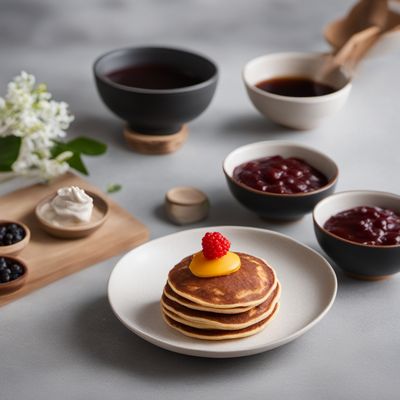
Imagawayaki - Japanese Sweet Pancake
Sakura Delight - Fluffy Japanese Pancakes Filled with Sweet Surprises

Homemade Matcha Dorayaki
Matcha Delight: Homemade Japanese Green Tea Pancakes

Japanese-style Focaccia
Sakura Focaccia: A Delicate Twist on a Classic Italian Bread
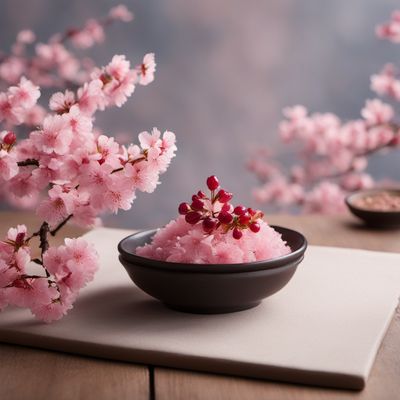
Sakuramochi - Cherry Blossom Rice Cakes
Cherry Blossom Delight: Homemade Sakuramochi Recipe

Homemade Nattō with Scallions and Soy Sauce
Umami Delight: Scallion-infused Homemade Nattō

Coq au Vin - Japanese Style
Umami-infused Chicken Stew with Red Wine